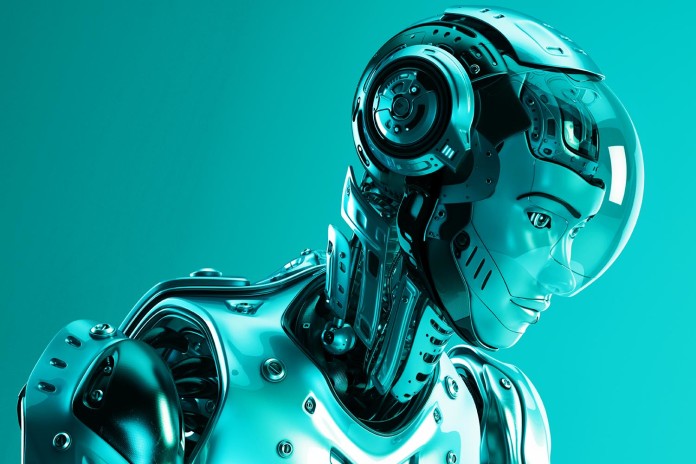
There are approximately 2 million people in the U.S. that have lost a limb, and 185,000 amputations our every year. It is debilitating at first when limb loss occurs. The amputee has to relearn how to do everything in their lives over again, with one less tool to help through tasks. Sometimes even the simplest tasks become a challenge. Scientists in Massachusetts have made strides to help those have had amputations return to the way things were before they lost their limb, by actually regenerating the limb that was lost. They have created an artificial rat forearm in the laboratory which is one step closer to being able to bio-engineer human tissue, organs, and eventually human limbs.
The complexities of creating living tissue in a laboratory
Creating samples of living tissue or in this case, an entire mouse forearm is as intricate as you might imagine. The shaping of bone, placing of veins, crafting of muscle fibers, are all very difficult to replicate. Massachusetts General Hospital where the artificial limb was created explains the particulars of just such a procedure, “To create such a graft, we decellularized rat and primate forearms by detergent perfusion and yielded acellular scaffolds with preserved composite architecture. We then repopulated muscle and vasculature with cells of appropriate phenotypes and matured the composite tissue in a perfusion bioreactor under electrical stimulation in vitro. After confirmation of composite tissue formation, we transplanted the resulting bio-composite grafts to confirm perfusion in vivo.”
Essentially the scientists used the architecture of an existing forearm from a donor, then added the appropriate type of cells, which upon electrical stimulation grew to form living tissue.
Why the artificial limb is better than a prosthesis
Prosthetic limbs have never been better, and as technology grows exponentially so does the engineering and scientific knowledge behind designing prosthetic limbs. However, no matter how well designed a prosthetic limb, it will never really belong to its applicant. Users must spend tremendous amounts of time learning to use even the best and most well-crafted robotic limbs.
An artificial limb will graft onto the body, and function in place of the missing limb. The brain will pick up the limb as having been there all along, and amputees can return to using their limbs faster. Advanced robotics will also become increasingly expensive as they grow more complex. The better the robot limbs, the more that they are going to cost. There is only one type of bio-engineered artificial limb, and they don’t face the increase in price as robotics become more advanced. In the future, those who have lost limbs will be able to regrow them thanks to the efforts of scientists like these who have created an artificial limb designed for a mouse.

















